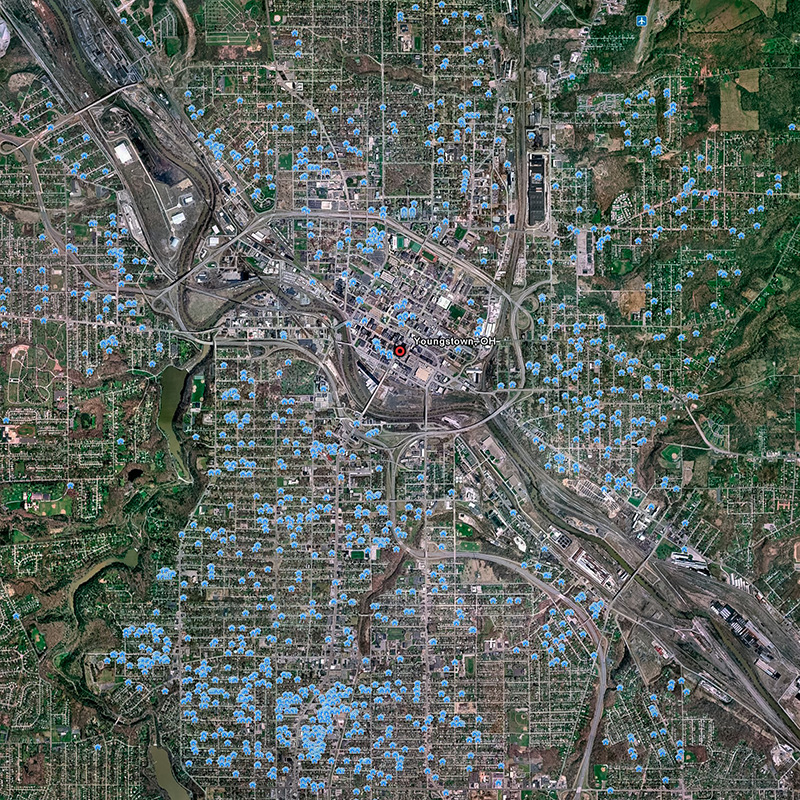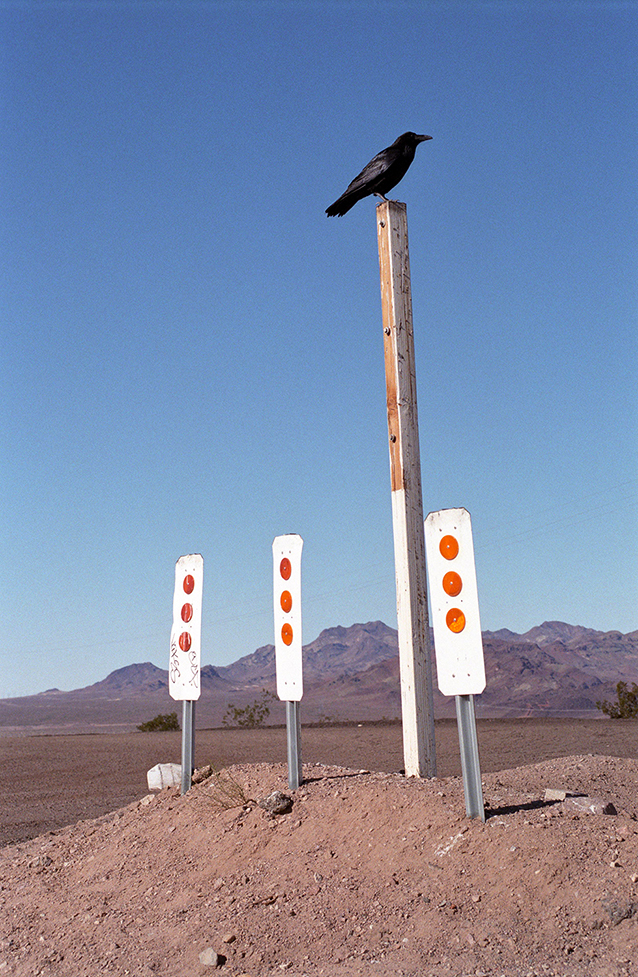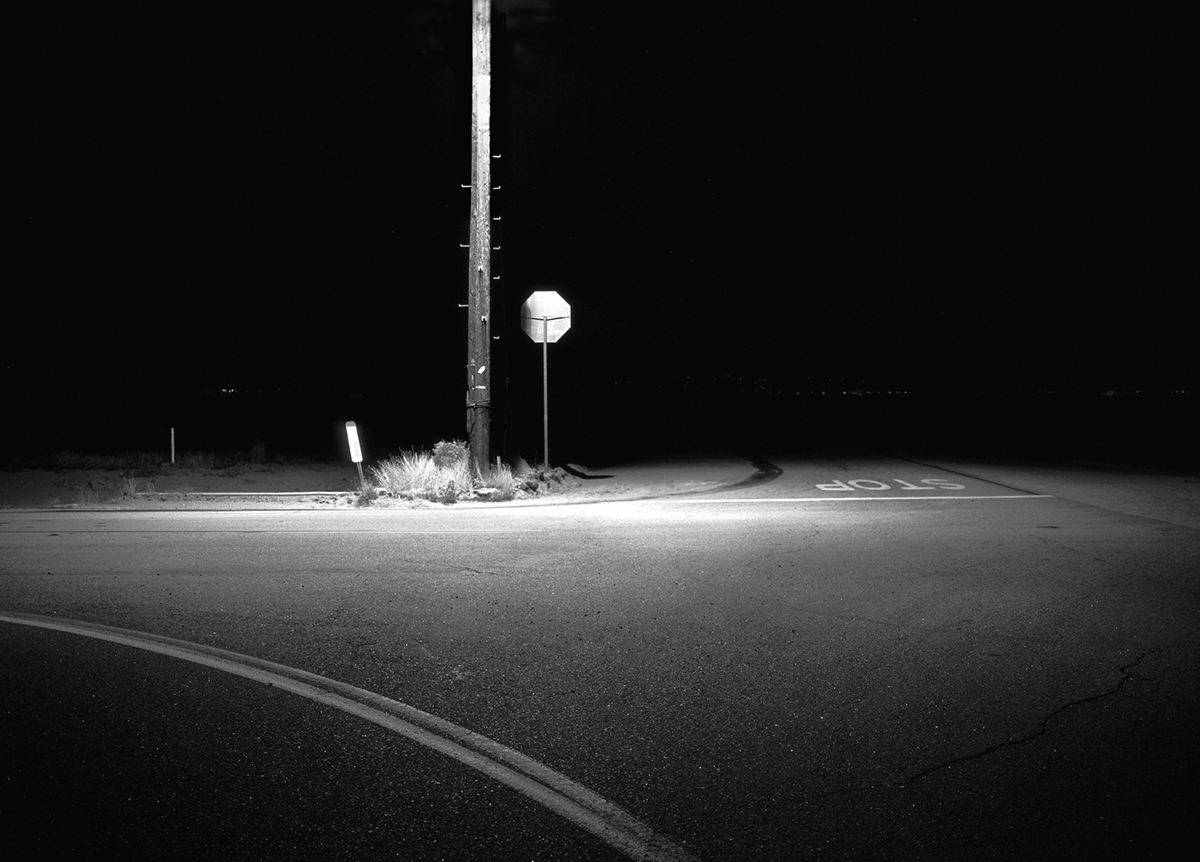WRITTEN BY: RYAN NEMETH
The economic laws of supply and demand are at play in the global art market and they influence the price of a piece of art as well as photographs. To further the discussion, there are three key economic concepts that must be investigated to provide a basic economic framework for an understanding of image pricing. These concepts are the laws of supply and demand as well as the economic principle of price elasticity.
Original works of art, such as unique one of a kind paintings are obviously limited in supply. Inversely, photography by its very nature has historically been a medium that is based on print production and producing multiple works from a negative. Inherently, this production capacity makes photography a medium that has traditionally been tied to the concept of a series of work; mainly due to the capacity for the production of multiples. Therefore, The price of a photo is usually much lower than that of a unique piece of art (ex. an original oil painting) because printed photographs are less scarce and there is the capability to produce an abundant supply.
The law of demand states that if all other factors remain equal, the higher the price of a good, the less people will demand of that good. In other words, the higher the price, the lower the quantity demanded (see Graph 1 below). The amount of a good that buyers purchase at a higher price is less because as the price of a good goes up, so does the opportunity cost of buying that good. As a result, people will naturally avoid buying a product that will force them to forgo the consumption of something else they value more. In the graph below, lines D1, D2, and D3 represent different levels of consumer demand in the market. Line D2 represents lower demand whereas line D3 represents higher demand. Like the law of demand, the law of supply demonstrates the quantities that will be sold at a certain price. But unlike the law of demand, the supply relationship shows an upward slope (See Graph 1 below). This means that the higher the price, the higher the quantity supplied. Producers supply more at a higher price because selling a higher quantity at a higher price increases their revenue (Heakel, 2015). Lines S1, and S2 represent different levels of market supply. Thus an increase in suppy would be represented in an outward shift from line S2 to line S1 in the graph.
Graph 1:
(Sparknotes, 2015)
It is common knowledge that the current photographic market is transitioning through changes that relate to the adoption and integration of disruptive technology as applied to the medium. Digital technology has been disruptive to photography because it has increased the production capacity of image making while cheapening post-production and storage costs. Inherently production has therefore increased because the Internet has enhanced the capacity to both share and store images in online environments. Thus, we can infer that the cost of making and sharing a photo has decreased to a price that is not much more than the cost of someone’s time. Because the cost of production is minimal, the supply of photographs has become seemingly limitless. Applying the law of supply to this market change enables us to deduce that there is downward pressure on the aggregate price of photography in the market. In the graph above, an increase in the supply of photographs moves the supply curve from S2 to S1, with a corresponding downward movement of price from P3 to P1 as quantity expands from Q2 to Q1.
As evidence in her 2013 report, Mary Meeker (2014) estimated over 500 million photos are being shared every day, she predicted this activity would increase twofold by the end of 2013 compared to 2012. Today, the share volume is estimated at 1.8 billion images per day and is over three times compared to 2013 estimates. Moreover, the Meeker report pointed out that only 30 percent of overall mobile subscribers own a smartphone. What can be inferred is that there is a widen gap that could further expand the number of photos shared per day (Meeker, 2014). This data points to the idea of sustained downward pressure on market pricing because of an increasing photo supply. Many seasoned photographers complain about how tough the market is today. One considerable factor should be the simple economics of the situation. Increased competition and the noted exponential increase in the supply of photography drives the price for photos and photographic services down as there is more competition in the market. The exponential sharing capacity of the Internet makes the photo market that much more difficult as it heightens downward price pressure.
Graph 2:
(Penn State University, 2015)
However, contrary to the implied downward supply side price pressure in the market are other economic and price indicators that suggest the economic concept of elasticity of demand is also at play. For example, recently there have been record-breaking prices at auction for fine art photographs by notable artists. This price and market behavior stands in direct contrast to the implied downward pressure created by an overall exponential increase in the supply of photographs. This market behavior is fully explained by the economic concept of elasticity of demand, see Graph 2 above. Price elasticity is a measure of the relationship between a change in the quantity demanded of a particular good and a change in its price. Price elasticity of demand explains price sensitivity in the market. If a small change in price is accompanied by a large change in quantity demanded, the product is said to be elastic or responsive to price changes. Inversely, if a product is inelastic, a large change in price is accompanied by a small amount of change in quantity demanded (Investopedia, 2015).
In the case of the current online photo market, it is assumed that a miniscule amount of the 1.8 billion shared images online actually has substantial, if any commercial value? Given this assumption, the bulk of photographs online exhibit an almost perfectly elastic demand curve. Thus, very small increases in price would affect the demand for these images greatly. For example, moving to an online model of paying for images would suggest a huge drop off in the market demand and consumption of online imagery. Conversely, the photos sold recently at auction by famous and notable photographers have demonstrated an almost perfectly inelastic demand curve. Christopher Mahoney the head of Sotheby's photographs department commented in Coline Milliard’s (2014) article, he stated, “The market for classic photographs has never been stronger, with eight prices over $500,000, the 2014 auction demonstrated the enormous appetite among a broad base of collectors for top-tier photographs from the 19th and early-20th centuries." This commentary suggests that near perfect inelastic market demand exists in some areas of the fine art photo market. Thus, consumers demand coveted photos at almost any price! An economic explanation of the recent auction market suggests that a very limited supply of photos or even unique images coupled with intense demand creates this pricing escalation.
In conclusion, it could pay to actually limit the size of print editions and photographic works that are distributed in online environments. If an artist has enough demand for their work, this strategy might create a much more inelastic demand curve and higher prices for their photos and books. It is suggested that small runs of photos, books, and printed materials might actually hold their value better when distributed selectively through digital and online channels of distribution. It can also be inferred that satisfying market demand through increased production beyond demand may not be a wise strategy in terms of long-term photo valuation.
Seller Beware!
References:
- Heakal, Reem. (2015). Economic basics: supply and demand. Investopedia.com Retrieved from: http://www.investopedia.com/university/economics/economics3.asp.
- Investopedia.com (2015) Price elasticity of demand. Retrieved from: http://www.investopedia.com/terms/p/priceelasticity.asp.
- Meeker, M. (2014). Internet trends 2014, code conference. Kleiner, Perkins, Caufield, Byers. Retrieved from: http://www.kpcb.com/internet-trends.
- Milliard, C. (2014). Sotheby’s sets new world record for photography auction. Retrieved from: https://news.artnet.com/market/sothebys-sets-new-world-record-for-photography-auction-199945.
- Penn State University (2015). Elasticities and demand curve shapes. Retrieved from: https://www.e-education.psu.edu/drupal6/files/ebf200/images/0203b.jpg




























